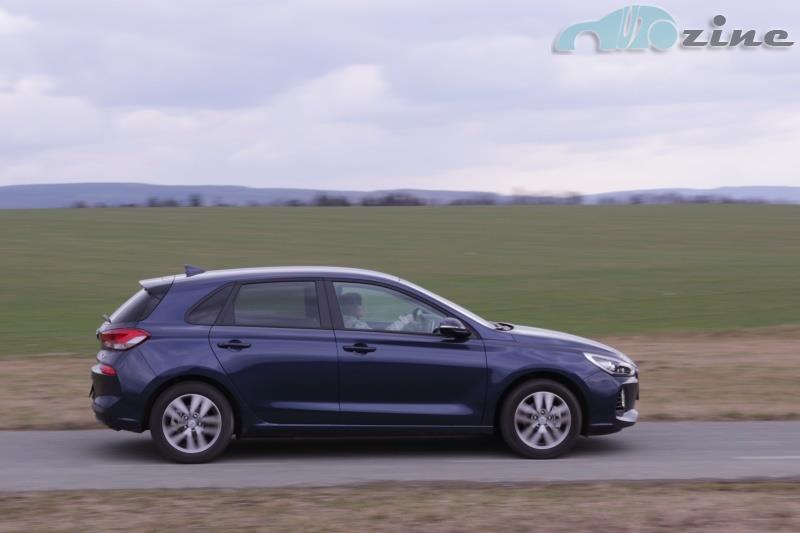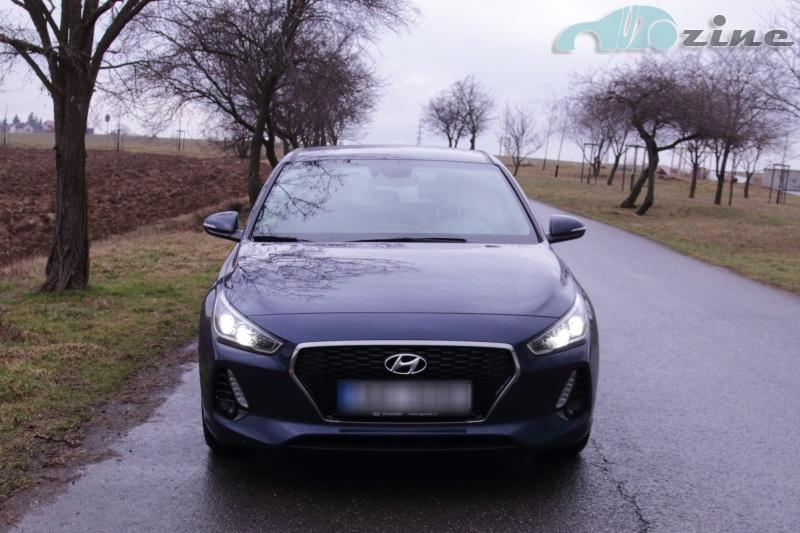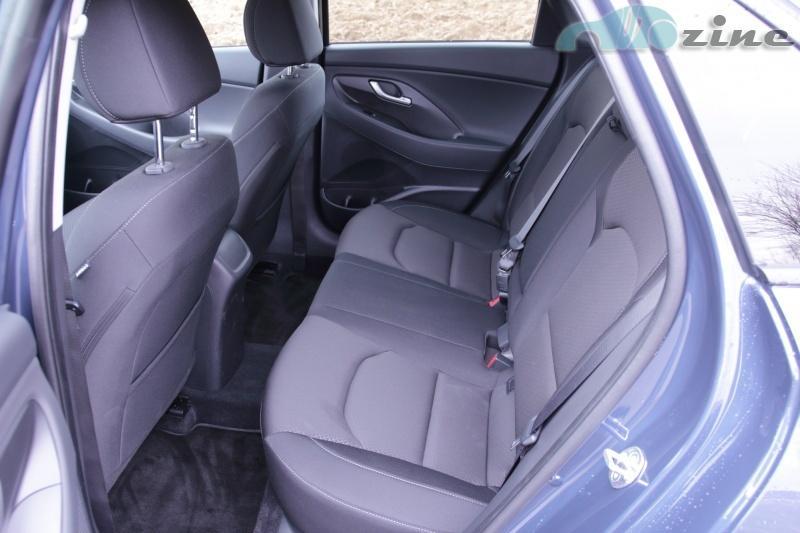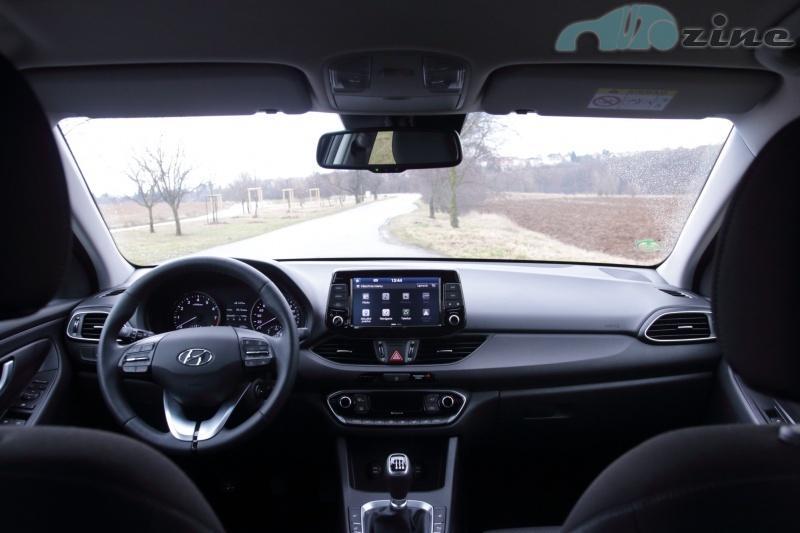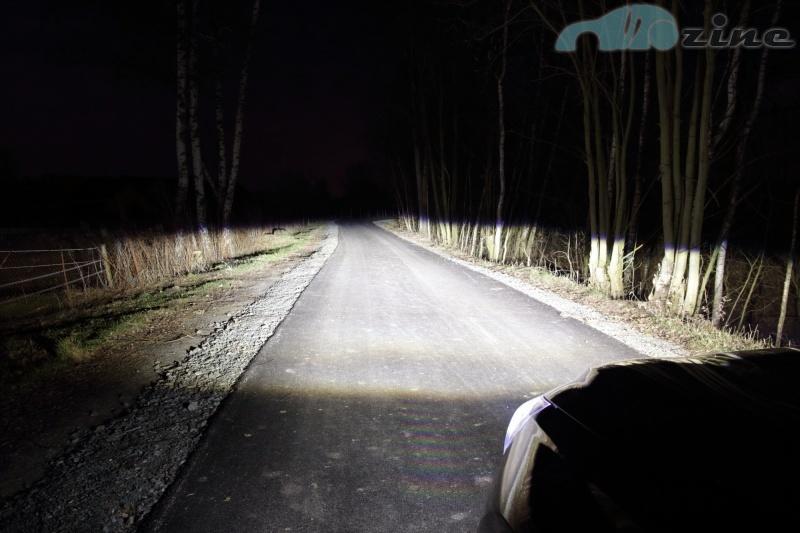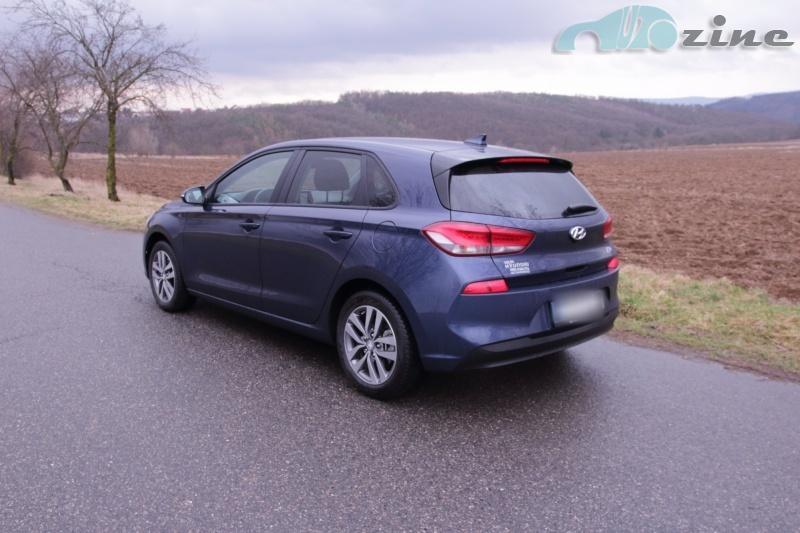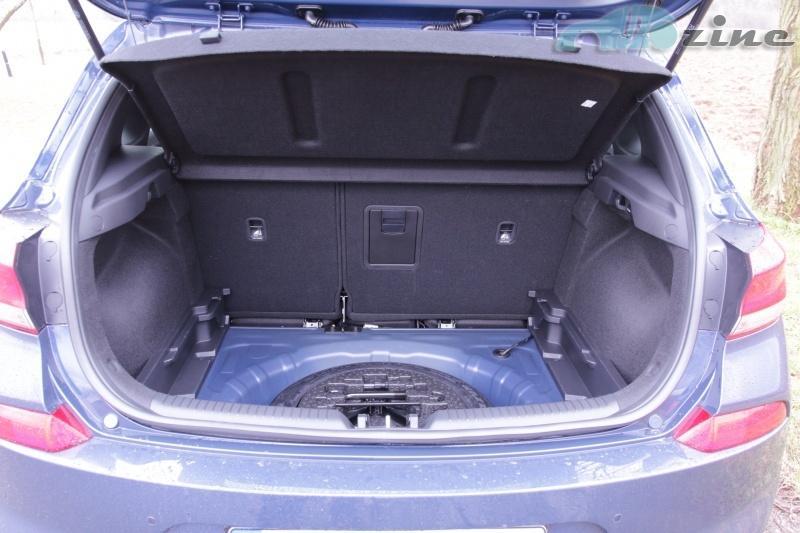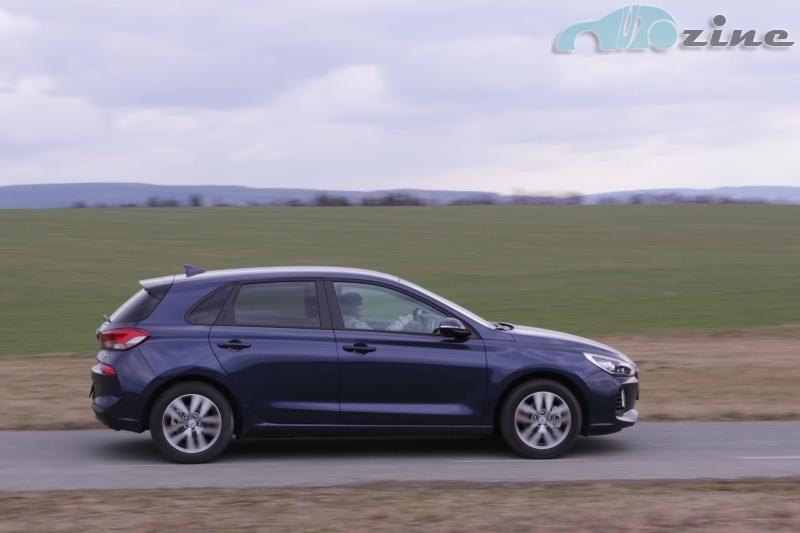The Hyundai i30 became the fifth best-selling car in our country last year. Now it comes in a new generation, so far a hatchback is available, but a combi variant was already presented at the Geneva Motor Show, and a sporty N version should also come.
Exterior

Compared to the previous generation, the new i30 received a sleeker design. The distinctive hexagonal grille remains the only element that can be found across the Hyundai model range. The new full LED headlights have a less elongated shape. The daytime running lights are combined with the blinkers and are located in the lower part next to the fog lights.
When viewed from the profile, the molding, previously passing through the door handles, has moved up a few centimeters. The rear of the car is also simpler, the sharply shaped headlights have become rounded and the fog lights have moved a bit higher in addition to the change in shape. Previously, the location of the reversing camera, which flipped out together with the emblem, was better handled. Now it is firmly placed under it, swirling dust behind the car unnecessarily dirtying the exposed camera.
Interior
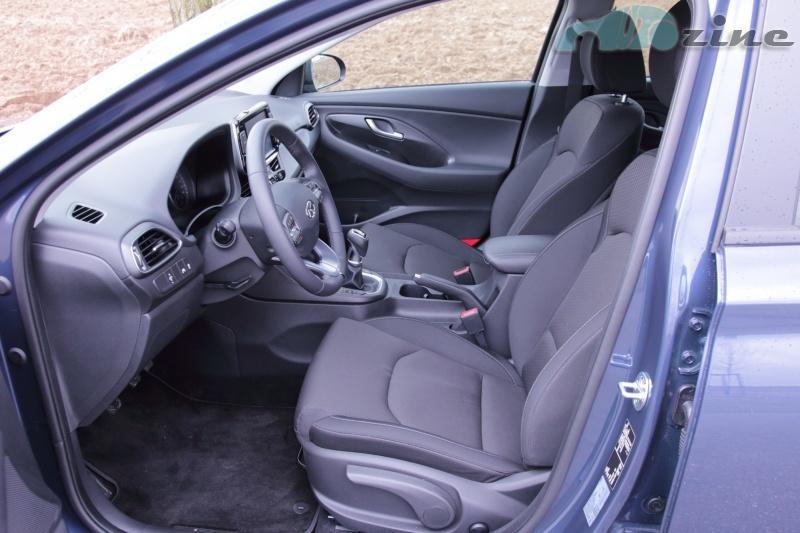
At first glance, the progress in the interior can be seen in the quality of the materials, all the plastics seem noticeably better than in the previous generation. I personally like the new horizontal layout of the dashboard. A large touch screen protrudes from the dashboard and is located close to the driver's field of vision. Below it are the vents of the dual-zone air conditioning and its control, which has retained its own mechanical controls and display.
After sitting behind the wheel in the comfortable and well-shaped seats, you will be surprised that even a thinner driver does not fly in them. As a disadvantage, I would mention the adjustment of the inclination of the backrest using a wheel. The front seats, like the steering wheel, are heated, and I have to praise the new control solution for the infotainment, on-board computer and cruise control for the new steering wheel. Infotainment with an 8″ touch screen works quickly and the control is logical, in addition, the basic controls are also preserved here so that you don't have to fumble with the display for everything. The advantage is free navigation updates for 10 years.
Passengers on the back seats have enough space above their heads, it's worse for the knees, I was surprised that instead of air conditioning vents in the central tunnel, there are vents only under the seats. The luggage compartment has a volume of up to 395 litres, with the seats folded up to 1301 litres. If the adjustable bottom is in a higher position, the folded seats will form a plane with it. The spare wheel is located at the very bottom of the luggage compartment.
Engine and ride
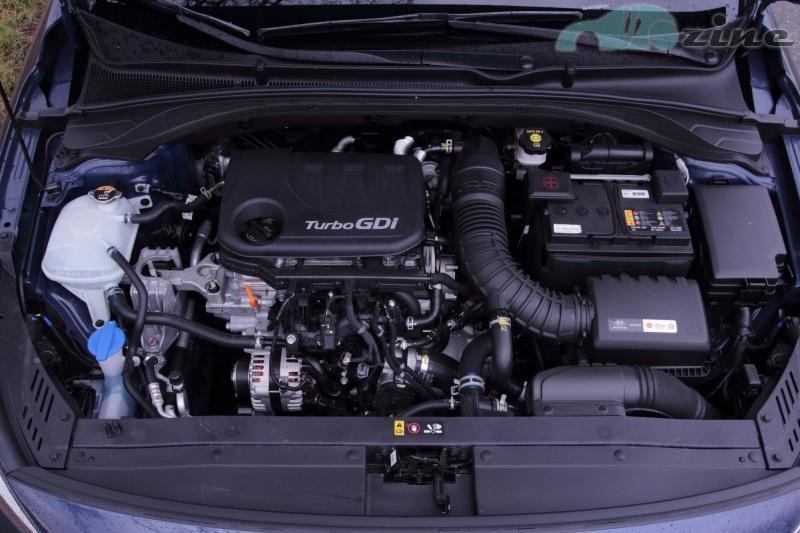
You can choose one of the following engines for the new i30: the weakest atmospheric 1.4 with an output of 73 kW, a liter three-cylinder with a turbo output of 88 kW and a turbocharged 1.4 with an output of 103 kW, the diesel 1.6 is available in variants with 70, 81 or 100 kW . The test car is equipped with a three-cylinder 1.0 T-GDI D-CVVT, which has a decent output of 120 hp at 6000 rpm for its size. and a torque of 172 Nm available from 1,500 to 4,000 rpm. The car accelerates to 100 kilometers in 11.1 seconds, and the maximum speed is 190 km/h. Of course, its refinement cannot be compared to four-cylinder units, the vibrations are especially noticeable at higher loads during acceleration. At lower loads, however, the motor is quiet. The combined consumption was around 6 liters of petrol in normal driving instead of the stated 5 litres. For the most powerful gasoline and two more powerful diesel engines, there is a choice between a 6° manual transmission and a 7° dual-clutch transmission. The other variants are only available with a six-speed gearbox, as was the case with the tested car.
The gearbox has a precise operation of the shift lever, I would have some reservations about the noisier behavior of the gearbox in reverse gear. In 6th gear: 3100 revolutions at 130 km/h.
The chassis, together with the 16″ wheels, is able to filter bumps well and at the same time does not lean excessively in corners. The good news is that all versions have multi-link rear suspension.
The biggest change is in the steering, compared to the previous one, the ability to adjust the efficiency has been lost, but it works more precisely and the driving sensations are more pleasant. Comfort and safety are also ensured by a lot of assistants, in addition to the additional blind spot monitor, you also get the trio of assistants that are in all new i30 cars: autonomous emergency braking, active lane keeping and driver attention monitoring.
Conclusion:
Compared to the predecessor, the improvement can be seen in every respect. The great thing is that a lot of safety assistants are already in the basic equipment.
Advantages:
+ driving performance
+ quality of materials and ergonomics
+ a wide range of safety assistants in the basic equipment
+ 5 year warranty with no mileage limit
Disadvantages:
– noisier reverse gear
– three-cylinder sound
Price from: 369,990 CZK
Price of the tested car: CZK 456,890

